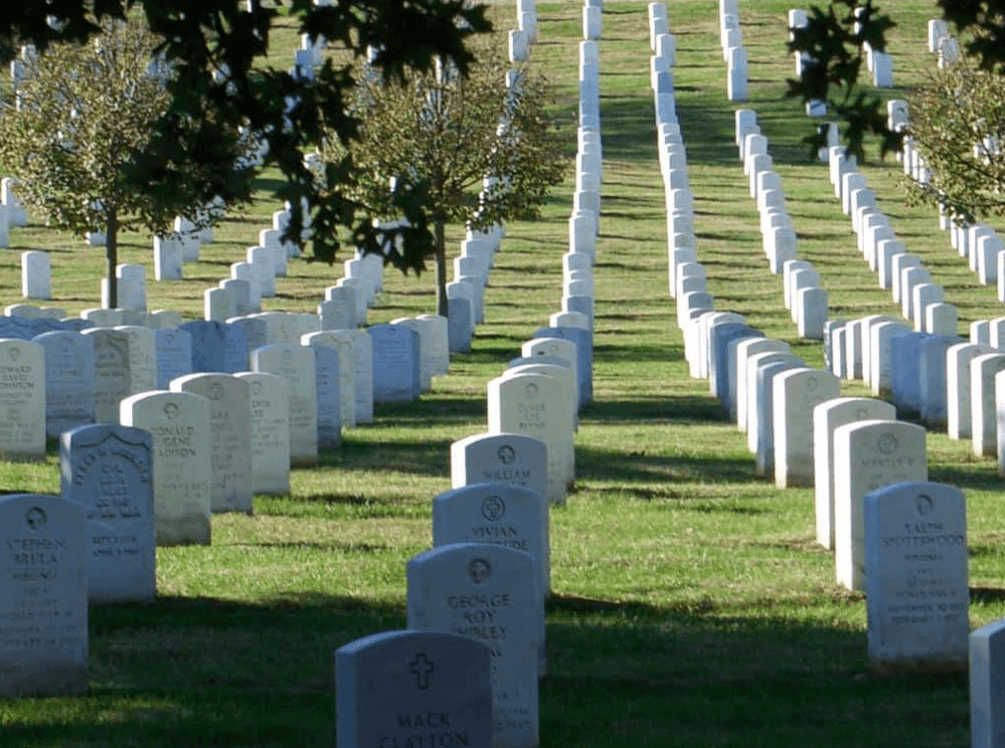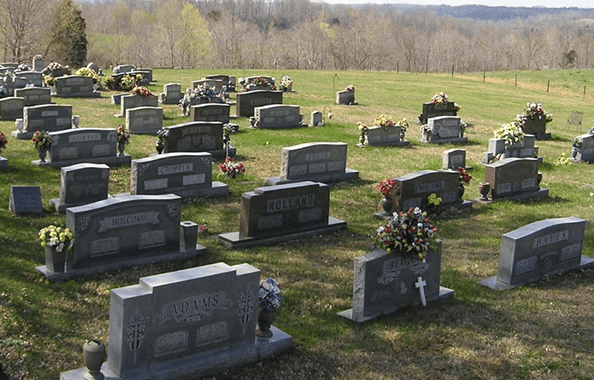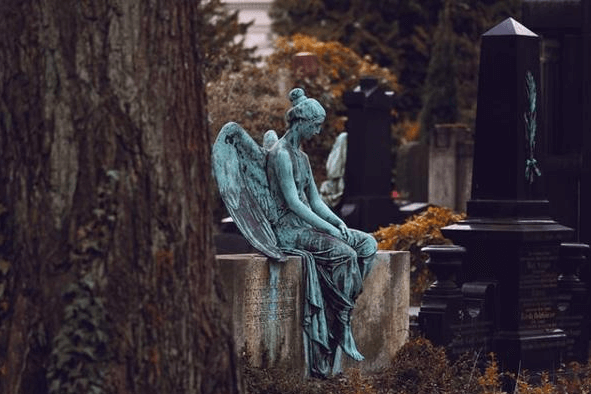Cemeteries have long been places of reflection, remembrance, and reverence for the departed. Among the various aspects that contribute to the serene beauty of these sacred grounds, the positioning of headstones stands out as an intriguing element. A common sight in many cemeteries is the alignment of gravestones facing east. This practice holds deep cultural and religious significance, rooted in history and tradition. In this article, we will explore the reasons behind this custom and the role it plays in the design and placement of monument stones in cemeteries.
Understanding Gravestone Designs and Monument Stones
Gravestone designs have evolved over centuries, reflecting changing cultural norms and artistic trends. Today, a popular choice for memorializing departed loved ones is the granite memorial headstone. Granite, known for its durability and timeless elegance, has become the cornerstone of cemetery memorials.

The Symbolism of East-Facing Headstones
The tradition of placing headstones facing east is primarily tied to religious beliefs and cultural practices. In many cultures and faiths, the rising sun has been associated with renewal, hope, and the promise of a new day. This symbolism extends to the afterlife, where the east is often seen as a direction of spiritual rebirth. Placing headstones facing east allows the deceased to greet the rising sun, symbolizing their journey into a new existence beyond life.
Cultural and Religious Significance
- Christian Tradition: In Christianity, the practice of facing east is deeply rooted. The eastward orientation is a reminder of the anticipation of the Second Coming of Christ. As a result, many Christian cemeteries align their gravestones with the rising sun, emphasizing the belief in resurrection and eternal life.
- Judaism: In Jewish cemeteries, the practice of facing east is not as common. Instead, Jewish headstones often face Jerusalem, which holds immense spiritual significance in the Jewish faith. This practice is a testament to the eternal connection between the deceased and the holy city.
- Other Traditions: Similar practices can be found in various other cultures and belief systems. Ancient Egyptian burials, for instance, often featured tombs facing the east, reflecting their belief in the sun god Ra. Native American and Indigenous communities also incorporate east-facing burials, aligning with their spiritual beliefs and connection to nature.
Design and Placement Considerations
The alignment of cemetery gravestones involves meticulous planning and design. Monument stones are carefully positioned to ensure they face the desired direction, be it eastward or toward a specific spiritual focal point.
Conclusion
The practice of placing headstones facing east is a testament to the deep-rooted connection between the living and the departed. It speaks to humanity’s age-old desire to find solace, hope, and meaning in the face of loss. As we walk through cemeteries adorned with granite memorial headstones, we are reminded of the rich tapestry of beliefs and cultures that have shaped these sacred spaces. Whether it’s the promise of a new dawn in Christianity or the eternal bond with Jerusalem in Judaism, the tradition of east-facing headstones continues to illuminate the journey from this world to the next.


